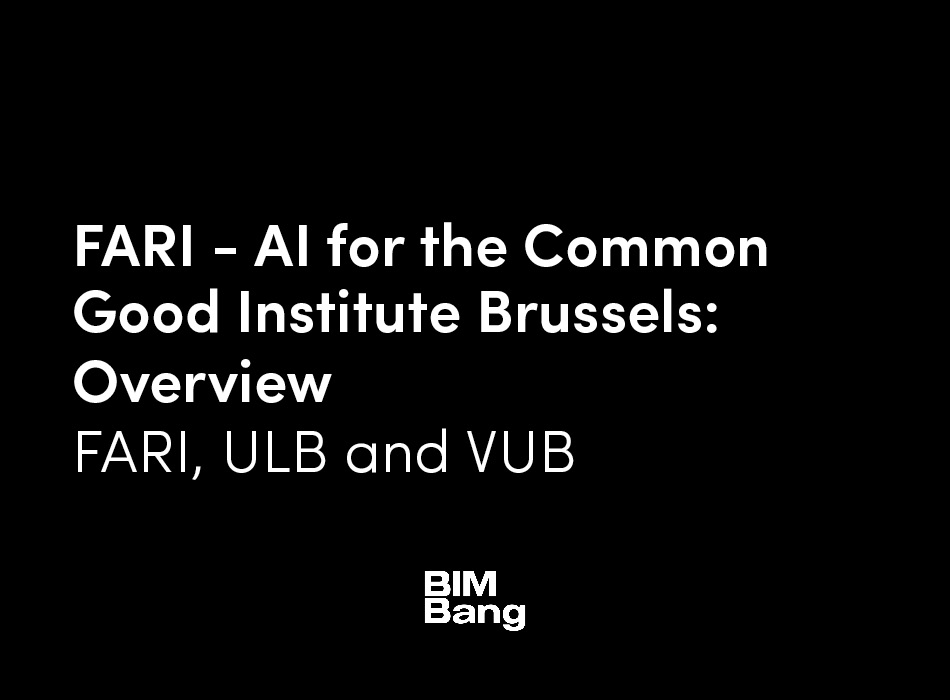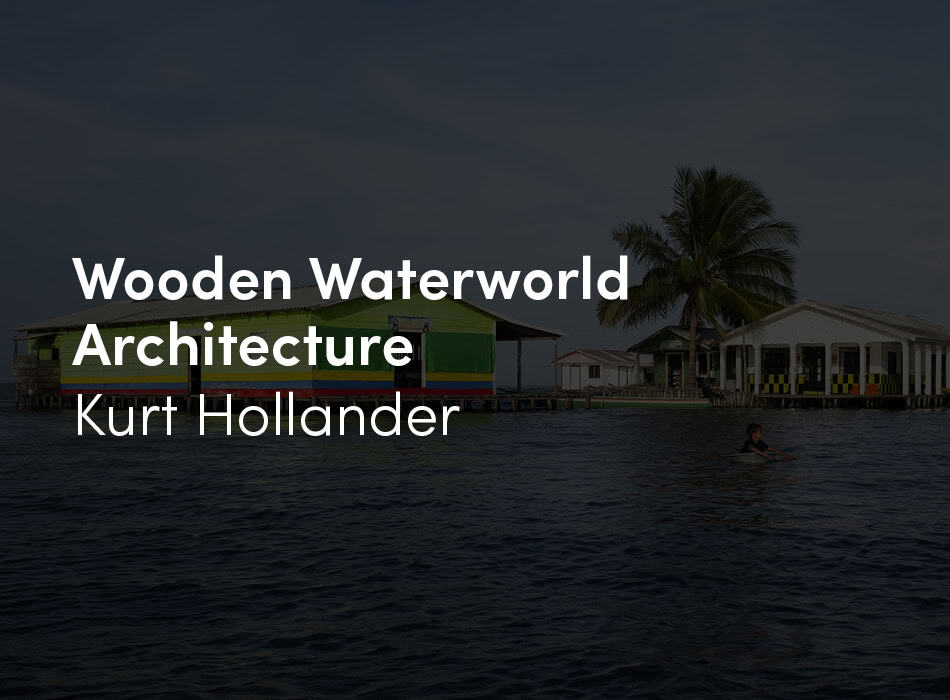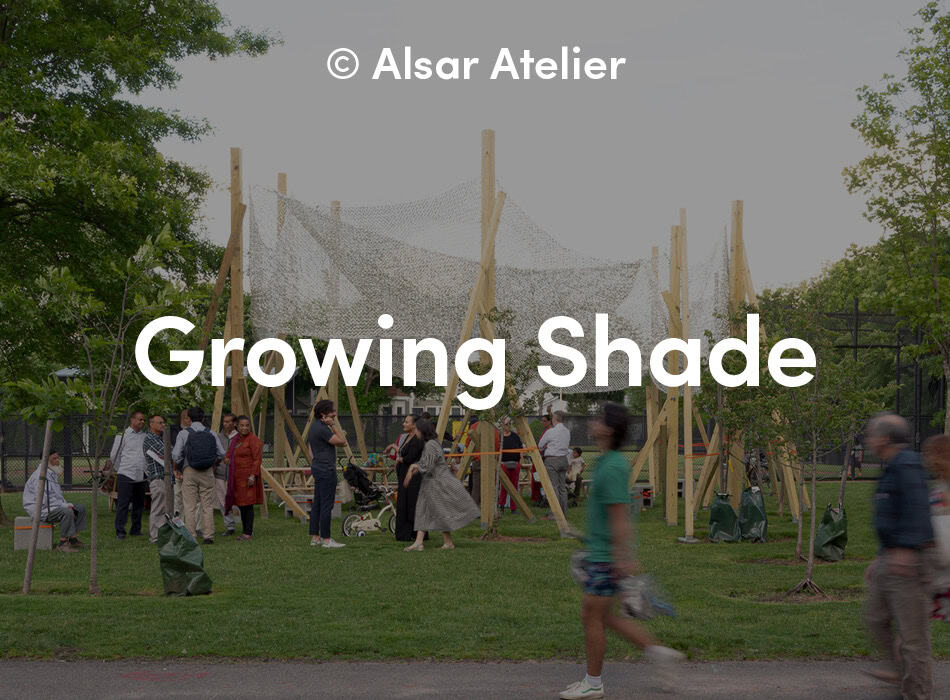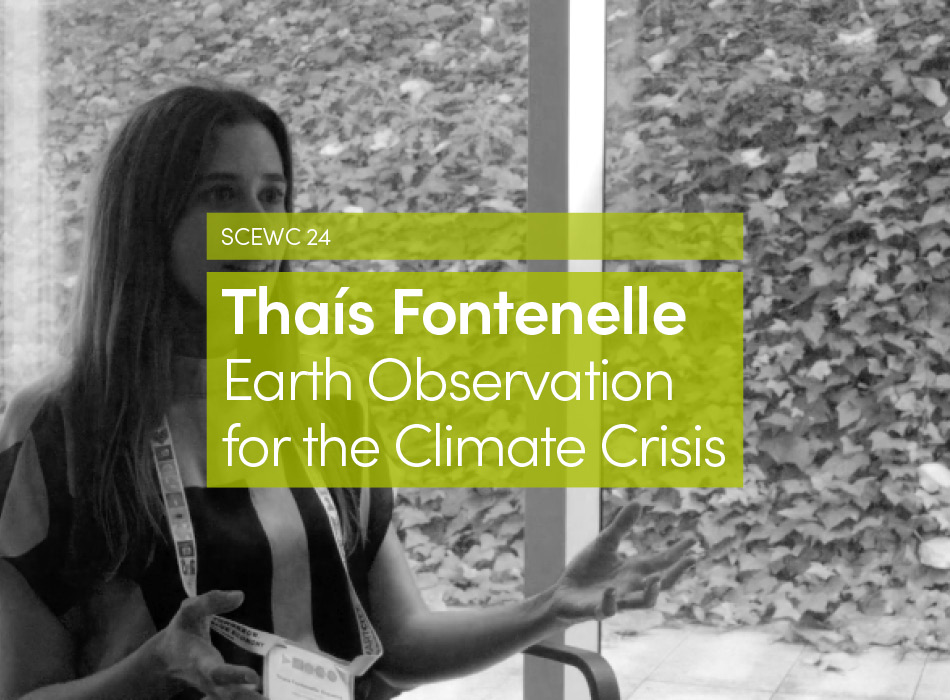Energy is everywhere and nowhere
Energy is an elusive concept. While universally recognized, it is rarely understood. We continually misinterpret our thermal interactions with our surroundings. We have curated interfaces that elucidate often-overlooked aspects of energy—from the potentials of low-exergy buildings to the misperceived heat transfer from surfaces around us—contextualized within a framework of energy opportunities that are literally everywhere, but nowhere to be seen. This exhibition reveals the manifestations of energy by unexpected means at three radically different scales: the human body, the building, and the city. The various projects displayed explore the transfer of thermal energy which connects all three into an interdependent network of exchange.
Moving air is inherently complex. The flows are almost universally turbulent in buildings, and the exchange of energy is dependent on both the air temperature and its velocity. Supplying adequate air has driven much of the technological evolution of mechanical systems in buildings over the last century. Generally, the complex dynamics of air have been overcome with brute force rather than elegant designs. Natural ventilation is commonly used to passively ventilate buildings, yet one of the major challenges of natural ventilation is the unpredictable frequency, direction, and strength of the wind. Buildings can often receive enough fresh air exchange through their shells, but to achieve cool comfort, a certain level of breeze is necessary. In the last decade, progress has been made in understanding a more reliable driving force—buoyancy. Buoyancy isn’t powered by the wind; it’s powered by the waste heat from occupants, computers, and other internal heat gains.
Hot air rises. We can design our buildings to exploit this fact. Heated by occupants and computers, the interior air rises naturally up a chimney that connects all the floors of an office building. As it escapes at the top, fresh air is pulled in from the windows and across the floor plates. With buoyancy ventilation, the fresh air is sucked in from the sides—by the warm air column rising up the chimney. On a hot day, when the occupancy is high, there may not be enough wind to flush out the interior. But buoyancy ventilation is different: as the occupancy rate increases, so does the driving force. In other words, buoyancy is a force you can engineer. By design, we can reliably sustain a “breeze” in the absence of wind.
How does one know how to size the chimney and the windows? If the openings are incorrectly sized, there will not be enough air flow, and the interior will overheat. This used to be a difficult problem, especially for multistory buildings. But new research has provided new insights. We now have simple mathematical models that retain the most important physics. Now design teams can easily decide if buoyancy ventilation is feasible, early on in the design process.
We have constructed two buoyancy ventilation stacks to show how adding heat can drive air upward and adding cool can drive air downward. This heat and cold are simply the residual energy from our heat pump installation and could represent any variety of sources available in the built environment. You can observe and feel the free movement of the air that, although seemingly complex, is now coaxed, not forced, into performing the ventilation and human conditioning we need without additional energy input.

















